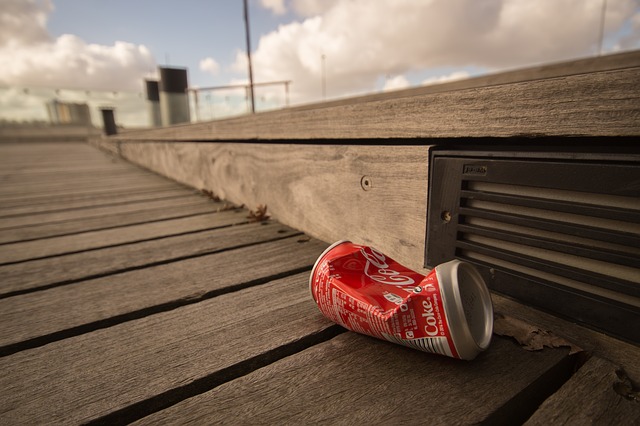Guest Post by TerraCycle
Families are creatures of habit. Habit is helpful in accomplishing tasks with young kids, and keeping everything organized. It cuts down on the questions of what’s coming next, and keeps everyone in line.
Habit is also the reason that some people think it’s harder to begin recycling, or harder to begin “going green.” Allegedly, habits aren’t easy to change, and so it follows that many people are stuck in the habit of not recycling, simply because recycling hasn’t always been as readily accessible or as widespread as it is today.
Recycling in the home can be just as simple as not recycling, and the benefits far outweigh those of not recycling. The only benefit of not recycling would be not changing habit.
Parents who employ recycling in the home teach their children the value of methodical work (taking the effort to make sure everything is sorted), and the value of caring for the environment – a worry that is becoming increasingly more prominent these days.
Sounds like hard work.
It’s not.
There are easy ways to implement recycling into the home. First, put all your trash and recycling bins together. It’s helpful to color code them, so they’re easily recognizable. If all of the bins are against the same wall, or in the same closet or cabinet, putting the trash in its respective bin is no different than throwing them all in the same bin. You don’t have to make any extravagant moves to put it in a different spot. Just throw the piece of trash one bin over – to paper, glass, plastic, or trash.
Second, familiarize yourself with your community’s recycling policies and what can and cannot be processed. Plastics are assigned numbers 1-7, and while some municipalities can collect all seven types of plastics, other can collect only 1-2, or 1-4, and so on and so forth. This information should be readily available on your municipality’s website. You can get the kids involved by having them decorate labels for your recycling bins, showing what can and can’t go in each one. This can also teach them where each piece of trash goes.
The third part of the process, after you’ve instituted recycling into the household habits, is trickier, but easily doable. In order to cut down on waste, evaluate what kind of products you’re buying, and whether the packaging is recyclable. Try to buy things in glass, instead of in plastic. For certain items, you may have no choice. If the packaging isn’t recyclable in your community, you can send it in, for free, to a company like TerraCycle, which recycles CLIF Bar wrappers, Kashi packaging, Bear Naked granola packaging, and Revolution Foods packaging, among other items. For every item that participants send to TerraCycle, they can also earn money for charity.
In order to continue encouraging recycling habits, and reduce household trash, you can evaluate what pieces of “trash” can actually be reused around the house, and what pieces of trash can be repurposed into new items. For example, TerraCycle has do-it-yourself projects in which you can make herb planters from Solo plastic cups or Stonyfield yogurt containers. This is called upcycling – reusing what would otherwise be “trash” as something else that is still recognizable as what it used to be.
Recycling doesn’t have to be complicated, and it doesn’t have to be a difficult habit to change or implement. It can be as simple as putting a piece of trash in one bin instead of another. The kids can be easily engaged with crafty do-it-yourself upcycling projects that teach them how to recycle and reuse, while instilling the habit of thinking about how to use what is already in front of them – an important step in cutting down on waste.
Terracycle is giving away a medium Honest Kids messenger bag to one lucky reader of Natural Family Today!
Giveaway ends on Friday, August 12th, at 11pm CST.
Find out more here: TerraCycle Giveaway: Honest Kids Messenger Bag


